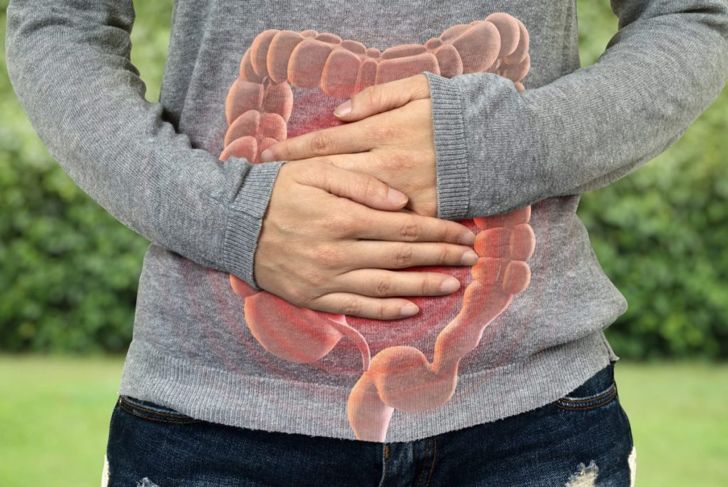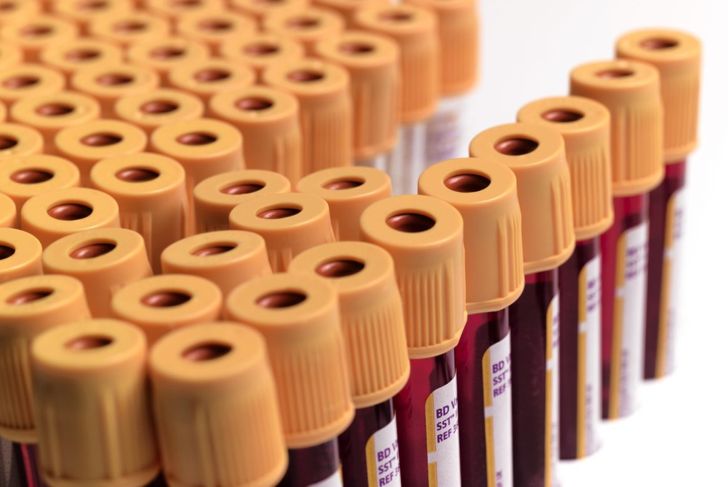Crohn’s disease is a chronic condition that can affect any part of the digestive tract but most commonly occurs in the small intestine and the beginning of the large intestine. Researchers estimate that more than 500,000 Americans have Crohn’s disease. Although experts cannot explain why, the condition is more prevalent in the United States than in other parts of the world.
The Lower GI Tract
In 50 percent of patients, Crohn’s disease affects the terminal ileum — the last part of the small intestine — and the colon. Thirty percent of people with Crohn’s disease have it only in the bowel, and, for 20 percent of people, it is confined to the terminal ileum.
The Upper GI Tract
Upper gastrointestinal Crohn’s disease is uncommon and affects only 0.3 to 5% of adults. However, it may be underestimated, since endoscopy to look for involvement of the upper gastrointestinal tract is not performed routinely. It is more frequent in adolescents: nearly 28 percent of teens with Crohn’s disease have upper GI involvement. When the disease is present in the upper GI tract, it most commonly affects the stomach, usually in conjunction with the duodenum, the first part of the small intestine. Esophageal Crohn’s disease is very rare, and there is little data available about this type.
Causes
Doctors are not sure what causes Crohn’s disease. Experts believe that there may be a genetic component as the condition sometimes runs in families; people are more likely to develop Crohn’s if a parent or sibling has it. There may also be an autoimmune component that causes gut bacteria to trigger the immune system, causing the inflammation.
Lifestyle and Other Factors
There are multiple lifestyle and other factors that increase the risk of developing Crohn’s disease. Smoking doubles a person’s chances and taking NSAIDs, antibiotics, or birth control pills slightly increases the risk. While there are no specific foods linked to developing Crohn’s disease, eating a high-fat diet may be a risk factor.
Symptoms
Once Crohn’s disease develops, it causes lifelong symptoms that come and go. When symptoms suddenly get worse for a short period, a person is experiencing a flare. The effects disappear, and the person temporarily goes into remission. The most common symptoms include lower abdominal pain, diarrhea, weight loss, loss of appetite, eye inflammation, fever, joint pain, and tender red bumps under the skin.
Medication and Flares
Missed or incorrect doses of prescribed medication can cause flares. Because many people take medication to treat Crohn’s disease even when they are in remission, skipping doses or attempting to wean off the medication is tempting but can result in worsening symptoms. When people with Crohn’s take their medication as prescribed and still experience flares, they may need a different dosage or medication and should speak to their doctor.
Other Factors that Cause Flares
Many other factors can lead to a flare of Crohn’s disease symptoms. Smoking is a big contributing factor to Crohn’s flares in addition to being a risk factor for developing the disease. Smokers with Crohn’s disease have more disease activity, more surgeries, and need more medications to control their condition. Stopping smoking often improves their prognosis. Physical and emotional stress does not cause Crohn’s but can lead to flares in people with the disease. Diet is not a cause or cure, but keeping a food journal to identify anything that triggers a flare can help identify correlations.
Diagnosis
Doctors use a combination of tests to diagnose Crohn’s disease, including blood tests check for anemia or infection and a stool sample to check for blood. Testing may also include a colonoscopy, CT scan, MRI, or capsule endoscopy to evaluate for signs of disease throughout the entire GI tract.
Treatment
There is no cure for Crohn’s disease and no universal treatment. Anti-inflammatory medication is the first-line treatment. Doctors may also prescribe immunosuppressant drugs, antibiotics, antidiarrheals, pain relievers, and vitamin supplements. Nutritional therapy through a feeding tube or an IV encourages healing and bowel rest. If these interventions are unsuccessful, the next step is surgery to remove the damaged portions of the digestive tract. The benefit of surgery is usually temporary, and the disease usually recurs.
Complications
Multiple Crohn’s complications may require additional treatment. Intestinal obstruction is the most serious. This complete blockage of the small intestine is life-threatening and requires immediate medical attention and surgery, in most cases. Abscesses, fistulas, ulcers, malnutrition, anal fissures, and inflammation to other areas of the body, including the eyes, skin, and joints, can also develop as secondary issues. Having ulcerative colitis for many years also increases the risk of colon cancer.

 Home
Home Health
Health Diet & Nutrition
Diet & Nutrition Living Well
Living Well More
More




















